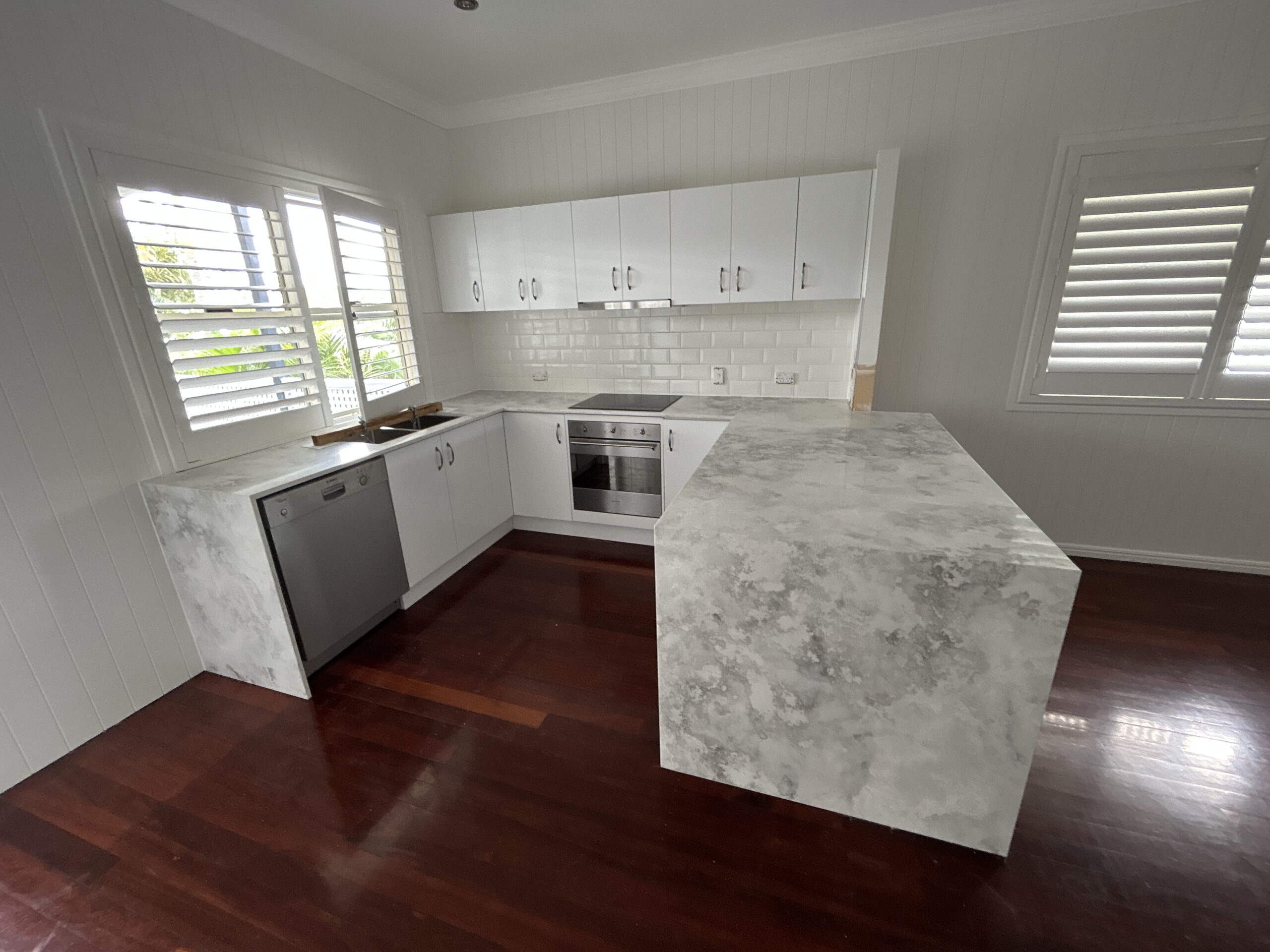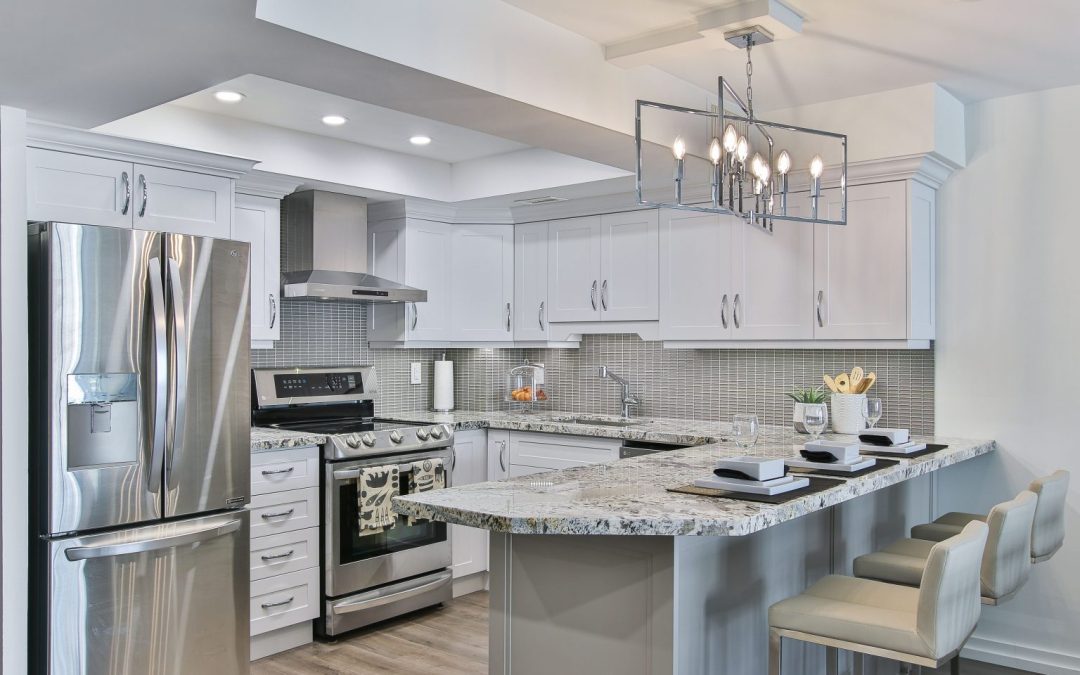Planning your kitchen layout is one of the most important steps in creating a beautiful, functional space.
But there’s one detail many people forget — the standard size of stone slabs like 3200mm x 1600mm. Natural stone slabs will vary in size.
Why does it matter?
Because choosing the right layout not only saves you money (by reducing waste and joins) but also makes your kitchen look smoother, cleaner, and more high-end.
Here’s how to design a kitchen that maximises space and works perfectly with standard stone slab sizes.
1. Understand the Standard Stone Slab Size
Most engineered stone slabs (like Caesarstone, Smartstone, and others) come in a standard size of around:
- 3200mm length x 1600mm width.
Tip: Always ask your stone supplier for exact sizes — different brands can vary slightly.
2. Maximise Your Island Bench Length
If you’re dreaming of a big island, 3200mm is a magic number.
How to plan it:
- Keep your island bench under 3000mm long to avoid needing two slabs and a visible join.
- Depth (front-to-back) can be around 900mm–1200mm depending on your space and whether you want seating.
Example:
An island measuring 2800mm x 1100mm fits beautifully on one slab with no seams — saving money and looking clean!
3. Plan for Seamless L-Shaped Kitchens
If you have an L-shaped kitchen:
- Try to design each “leg” of the L to be no longer than 3000mm where possible.
- Minimise large stone offcuts by planning cabinet and benchtop lengths carefully.
If one side is longer (e.g., 4000mm), expect a join in the benchtop — but a good stonemason can place it near the sink or cooktop to make it less obvious.
Tip: Clever planning reduces joins and helps keep costs down.
4. Think About Waterfall Ends Early
A waterfall end is when your benchtop material runs vertically down the side of your island or cabinets. It looks stunning, but it uses extra stone.
Plan early:
- Waterfalls will be cut from the same slab if possible (for perfect veining).
- Each waterfall panel will use part of the slab height (up to 900mm–1000mm tall).
This means you might need a jumbo slab or a second slab if your design includes multiple waterfalls — plan this into your stone order.

5. Keep Working Zones Compact
For a functional kitchen, try to follow the kitchen work triangle rule — keeping the distance between the:
- Sink
- Cooktop
- Fridge
within a comfortable triangle shape.
Ideally, no side of the triangle should be more than 2.7m — perfect for stone slab sizes too.
Why it matters:
A compact triangle layout reduces walking time, maximises bench space, and fits beautifully within slab-friendly designs.
6. Hide Joins Strategically
Sometimes a join is unavoidable — and that’s okay!
Smart join tips:
- Place joins near the sink, cooktop, or under breakfast bars (where they are less noticeable).
- Align joins with cabinet lines to “hide” them visually.
- Choose stones with subtle patterns (like soft marble looks) to make joins blend better.
Tip: Your stonemason can help advise the best spot for any unavoidable joins.
Final Thoughts
By planning your kitchen layout around standard stone slab sizes like 3200mm x 1600mm, you can:
- Maximise your stone investment
- Minimise joins and waste
- Create a cleaner, more luxurious kitchen
Whether you’re dreaming of a big island bench, an L-shaped layout, or a compact entertainer’s kitchen, smart design early on will save you stress — and money — down the track.
Need help designing a kitchen that’s functional and stunning? Contact our team today — we’ll help you create a layout that fits perfectly and looks amazing!

